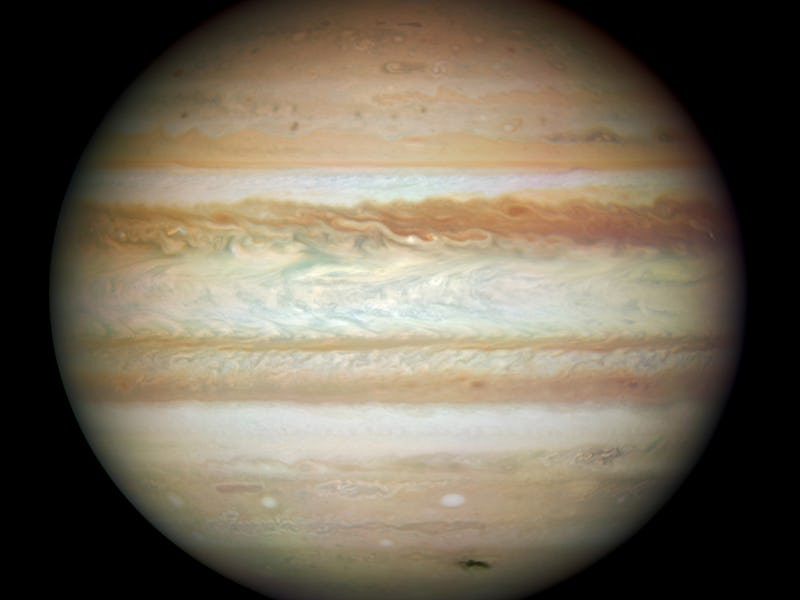The Astronomer Who Found Jupiter's 69th Moon Is Cool With All Your Jokes

Jupiter, the largest planet in our solar system, has 69 moons orbiting it, and citizens of the internet lost no time in noting that this is, “nice.” Scientific American tweeted out a short, straightforward blog post on Monday night, and out of the more than 700 replies to it, nearly 100 percent are simply the word “nice,” or some variation of it.
Nice
And while reactions on Reddit have been a bit more substantial and related to science, there are plenty of 69 jokes in the mix.
Scott Sheppard, an astronomer at the Carnegie Institution for Science and one of the astronomers involved with the announcement, tells Inverse that this particular reaction was unexpected.
Astronomer Shep is happy for the publicity.
He’s not bothered by it, though, and says that some objects he and his colleagues discovered this year might make Jupiter’s moon count exceed 69 very soon.
Are you aware of the Urban Dictionary definition of 69?
“Haha, are people making a lot of comments about that?”
Yeah, they are.
“Haha, I didn’t really think about that, but hopefully we’ll get off 69 very quickly. We think we have several more of these new ones, so we should be into the 70s. A year from now we’ll have probably confirmed some of these others, so the number will go away hopefully pretty quickly.”
What does it make you think when you hear about the juvenile response?
“I guess any publicity is good publicity. I mean, it’s something that wouldn’t even occur to me, but that’s what the internet is known for, right? Any way to bring you back to your childhood.”
So yes, astronomical discoveries within our solar system are awesome. There’s no doubting that. But the overwhelming power of the number 69? That eclipses all else, especially when it comes to the groupthink that is Twitter.
Sheppard, along with his colleagues David Tholen and Chadwick Trujillo, didn’t set out to discover Jupiter’s 68th and 69th moons — S/2016 J1 and S/2017 J1 — but during a survey of images they were using to search the outer edges of our solar system for planets, they happened to have Jupiter in their sights.
“We’re looking for objects way beyond Pluto, even for another planet,” says Sheppard. “So we’re going several times a year to do this survey. The last two years, Jupiter’s been near where we’ve been surveying, so we just kind of took some fields around Jupiter so we could look for Jupiter moons as well as very distant objects. We came across several objects that were pretty obviously moving the same way Jupiter was.”
Jupiter's moon, S/2016 J1
Jupiter's other new moon, S/2017 J1
By combining two years of observations when Jupiter is at opposition —its closest distance to Earth — Sheppard says he and his colleagues confirmed that these objects were indeed moons. Observations in 2018 should shed some light on whether new objects they’ve observed this year are moons, too.
Since observing Jupiter’s moons wasn’t the main goal for Sheppard and his colleagues, he’s pretty thrilled that this collateral discovery occurred.
“It’s serendipitous,” he says. “We found these on some of the largest telescopes in the world. It’s very hard to get time on some of these telescopes, so it’s great to use the telescopes in more ways than one if you can.”